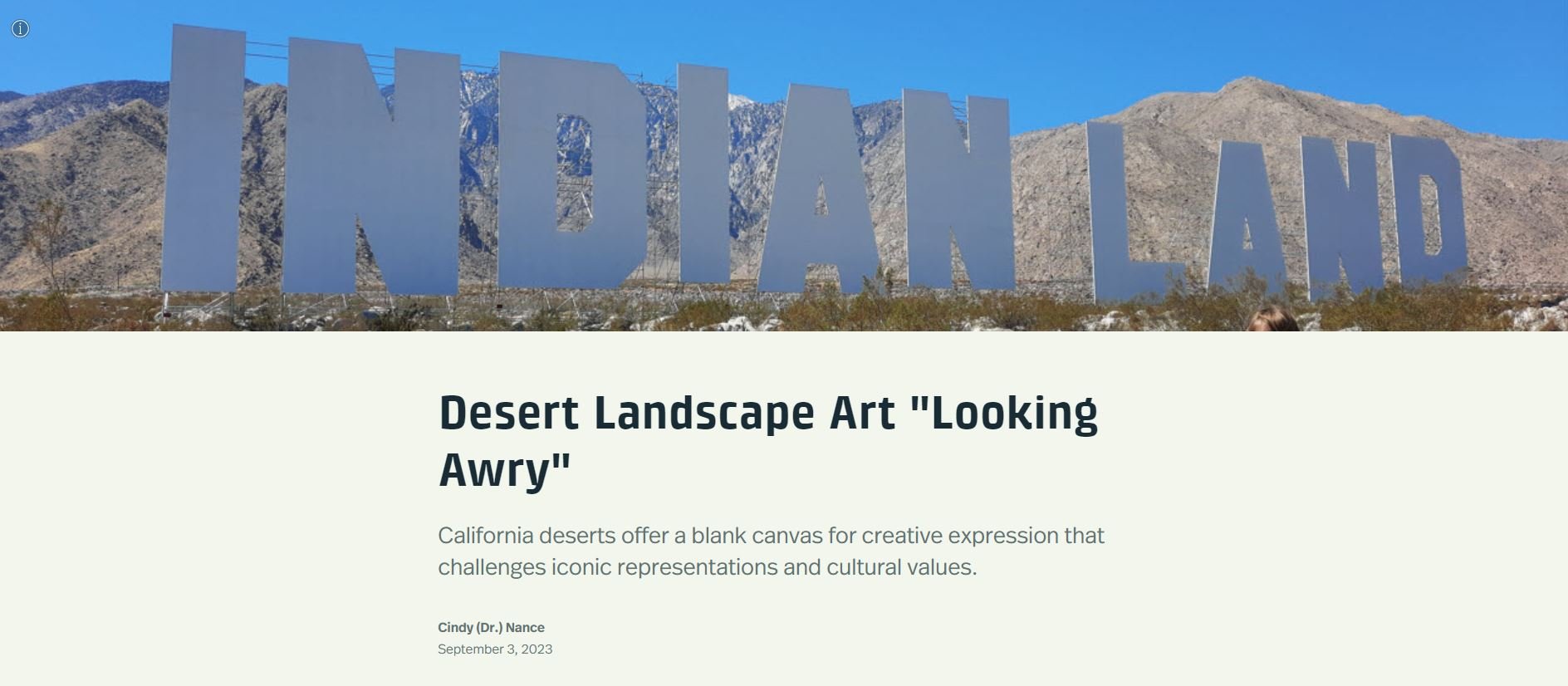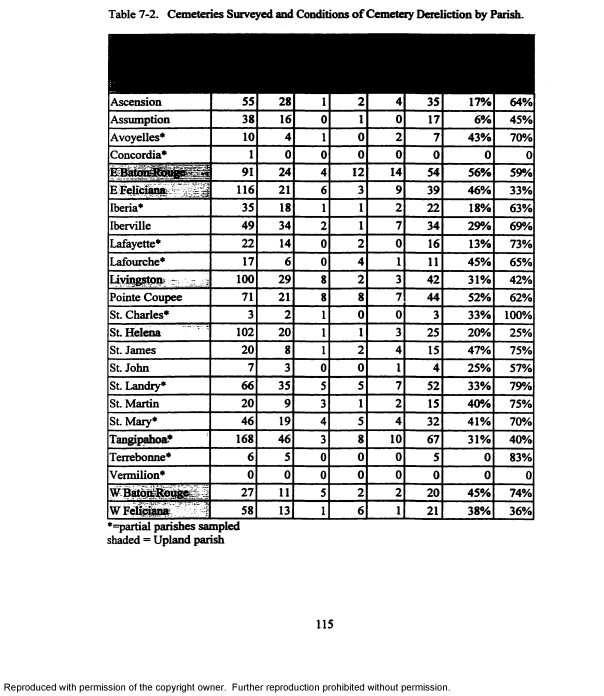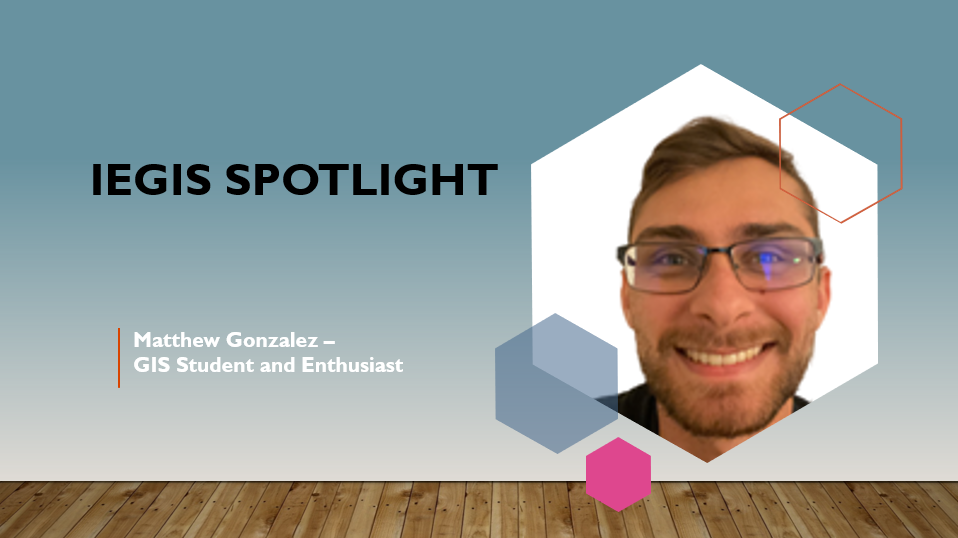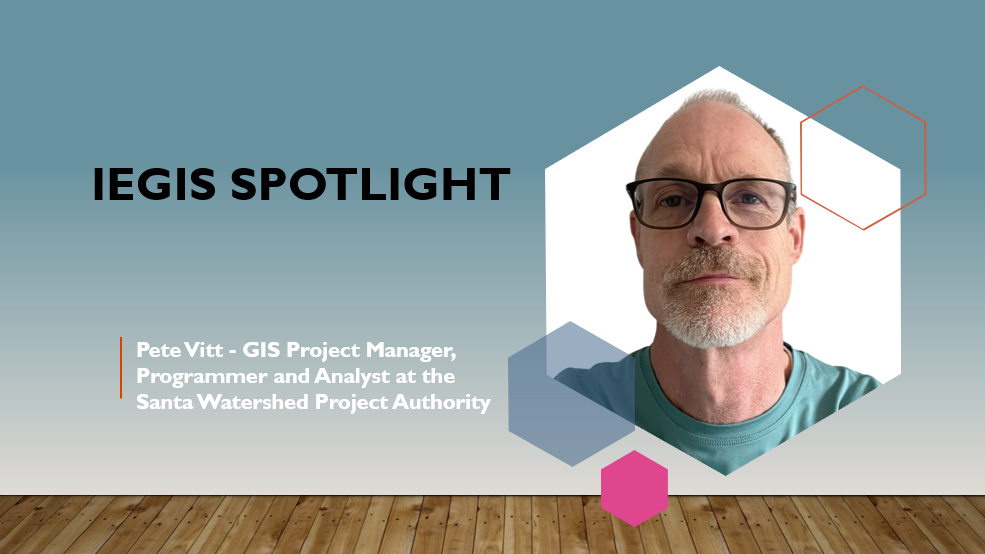Mike Barbee
Mike Barbee
Mike Barbee is a graduate of the University of Northern Colorado with a B.A. in Geography, and is currently a GIS intern with Eastern Municipal Water District.
Q: When did you first discover GIS?
A: I first discovered GIS when Google Earth and Maps were released in 2005 (I was just young enough to never need MapQuest or similar websites beforehand). I would spend hours simply touring the planet on these two platforms, exploring places that I thought I’d never get the chance to see firsthand. A few years later I began playing around with Dave’s Redistricting App as I gained an interest in political science. It wasn’t until my third year in college when I took Intro to GIS and GPS that I made the connection that these programs were simply limited forms of Geographic Information Systems.
Q: What inspired you to study GIS?
A: I initially studied GIS simply because it was offered as part of my bachelor’s program. I had “settled” with a major in Geography late in college (after exploring Biology and Criminal Justice) and didn’t have a career in mind. After school I slowly began to grasp how many different sectors made use of GIS, but it wasn’t until I recovered from heat exhaustion from working on a land survey crew in Desert Center, CA that I finally made the decision to pursue further education in the field.
Q: What has been a GIS highlight on your educational path?
A: I’ve had the amazing opportunity to intern at Eastern Municipal Water District and collaborate on countless projects, mapping out water and sewer infrastructure for nearly a million residents of the Inland Empire.
Q: Do you have a professor/mentor that has inspired you down a specific path in GIS?
A: I think it’s too early in my career to confidently say that I have a specific path in mind, but I’ve greatly enjoyed my work at EMWD and am especially appreciative of all my wonderful coworkers in Maps & Records for how much knowledge they’ve been able to share.
Q: What do you envision your GIS career looking like?
A: Growing my skill set with a company over many years and rising to the position of Senior GIS Technician is quite appealing as far as my future goes. To me every set of construction drawings, every easement, every project is a puzzle to solve, and I’d be more than happy solving them for many years to come.
Q: What is something you have enjoyed as being part of the IEGIS User Group?
A. I enjoy being part of a community and getting insight into what other users are doing in their day-to-day. It’s a great source on all the unique ways one can use GIS to solve real-world problems.
Samples of Mike’s GIS Projects
Potential Nuclear Plant Locations Analysis
Narrowed Potential Site Locations Map
California Energy Analysis












